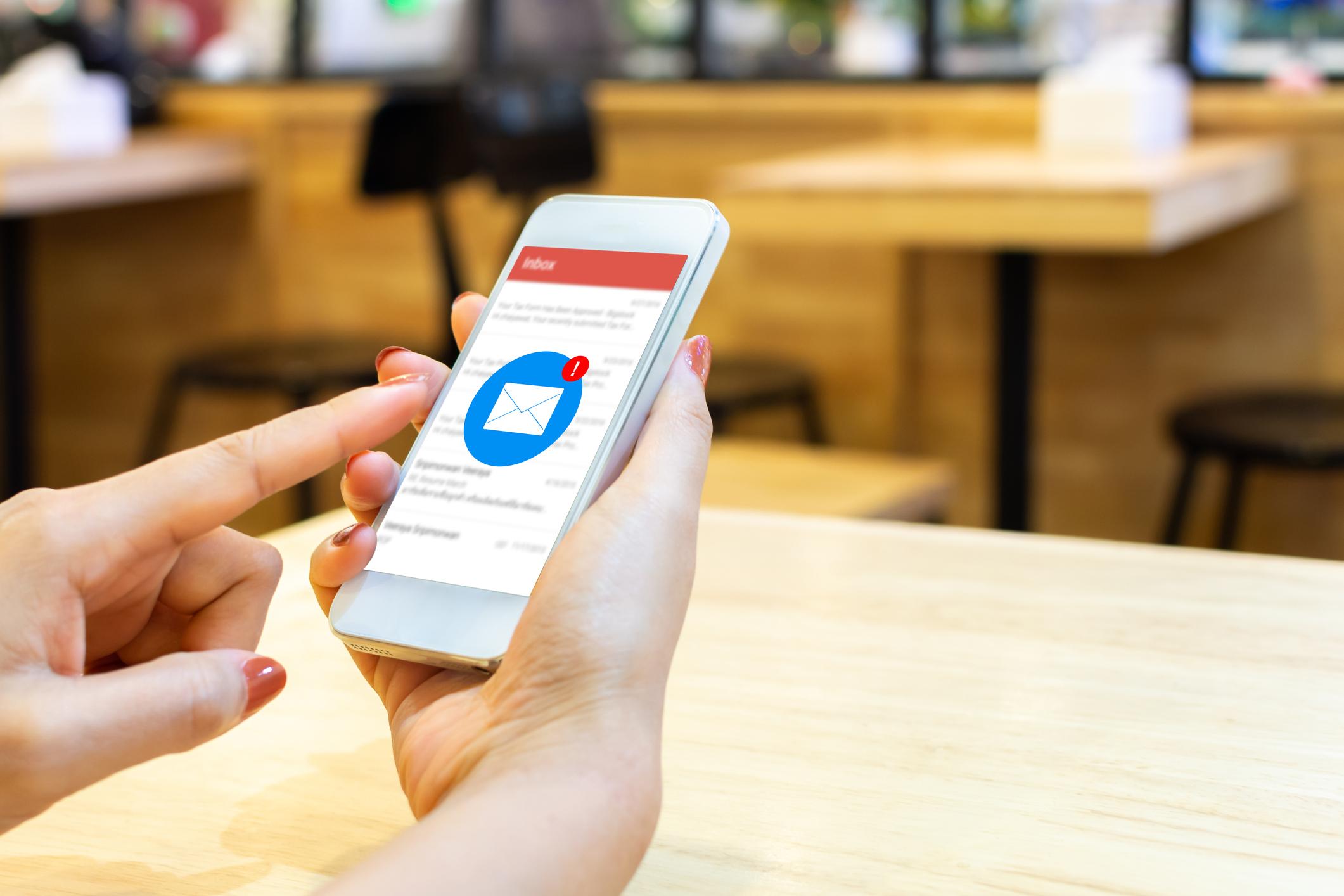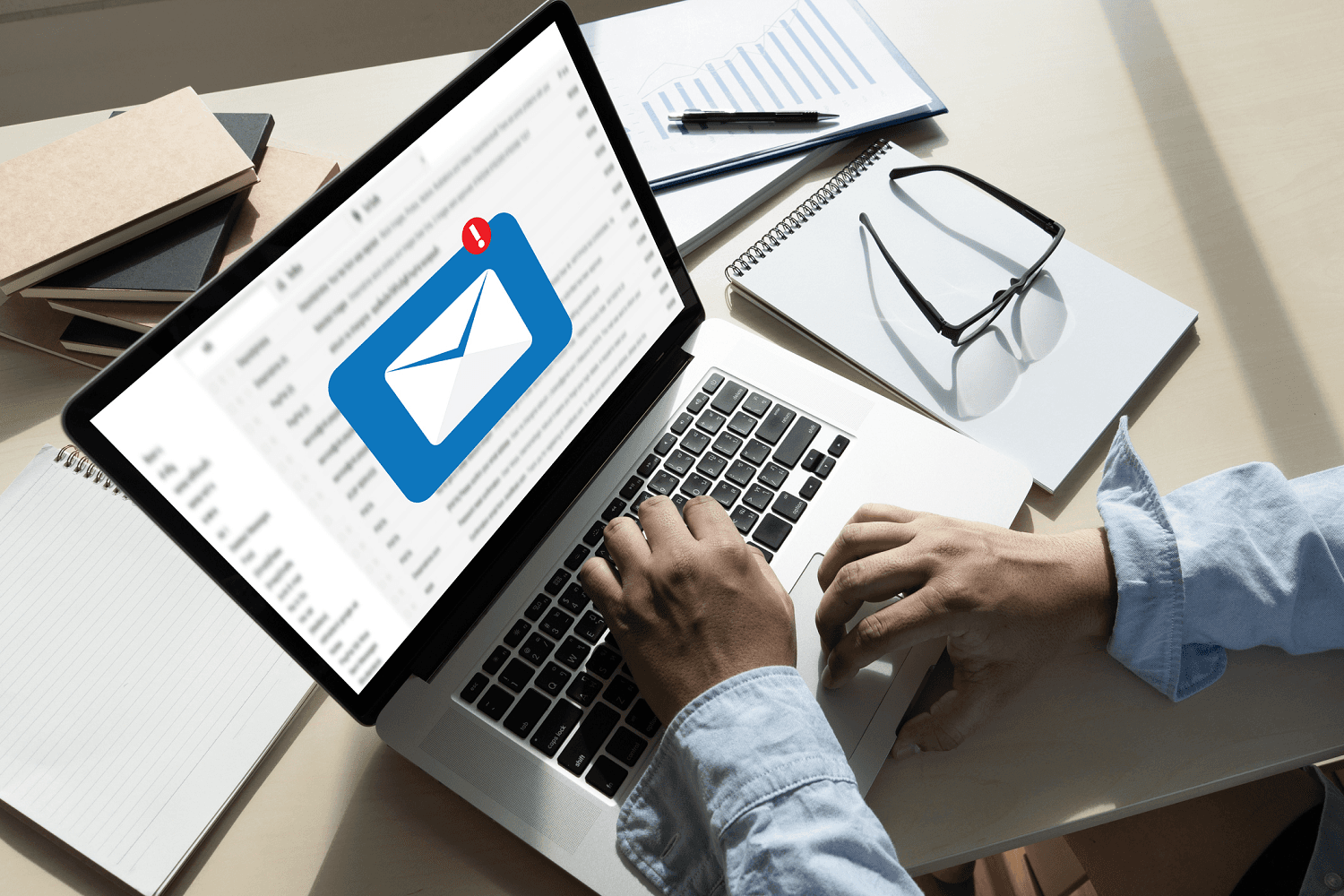MENU
Start
- Best Small Business Loans for 2024
- Businessloans.com Review
- Biz2Credit Review
- SBG Funding Review
- Rapid Finance Review
Our Recommendations
- 26 Great Business Ideas for Entrepreneurs
- Startup Costs: How Much Cash Will You Need?
- How to Get a Bank Loan for Your Small Business
- Articles of Incorporation: What New Business Owners Should Know
- How to Choose the Best Legal Structure for Your Business
Our Guides
- Business Ideas
- Business Plans
- Startup Basics
- Startup Funding
- Franchising
- Success Stories
- Entrepreneurs
Small Business Resources
Grow
- The Best Credit Card Processors of 2024
- Clover Credit Card Processing Review
- Merchant One Review
- Stax Review
Our Recommendations
- How to Conduct a Market Analysis for Your Business
- Local Marketing Strategies for Success
- Tips for Hiring a Marketing Company
- Benefits of CRM Systems
- 10 Employee Recruitment Strategies for Success
Our Guides
- Sales & Marketing
- Finances
- Your Team
- Technology
- Social Media
- Security
Small Business Resources
Lead
- Best Business Phone Systems of 2024
- The Best PEOs of 2024
- RingCentral Review
- Nextiva Review
- Ooma Review
Our Recommendations
- Guide to Developing a Training Program for New Employees
- How Does 401(k) Matching Work for Employers?
- Why You Need to Create a Fantastic Workplace Culture
- 16 Cool Job Perks That Keep Employees Happy
- 7 Project Management Styles
Our Guides
- Leadership
- Women in Business
- Managing
- Strategy
- Personal Growth
Small Business Resources
Find
- Best Accounting Software and Invoice Generators of 2024
- Best Payroll Services for 2024
- Best POS Systems for 2024
- Best CRM Software of 2024
- Best Call Centers and Answering Services for Busineses for 2024
Our Recommendations

Online only. Expires 4/27/2024
7 Email Marketing Tips (Plus Evidence of Success)

Table of Contents
For entrepreneurs looking to grow their businesses but unsure where to begin, email marketing campaigns offer a low-cost way to reach prospects and customers. Email marketing has a low barrier to entry than other marketing platforms because it doesn’t require advanced technology or design skills. It’s also faster to create email content than many other marketing materials. Email marketing is flexible and effective for marketing products, services or both. It’s also a budget-friendly approach to marketing with a lower out-of-pocket cost, simple tracking and measurement, and a higher potential ROI (return on investment) than other marketing strategies.
We asked small business owners and marketing experts about the email campaign strategies they’ve tried with success. They offered their advice in these seven tips.
1. Try market segmentation.
Unlike billboards (because you have no control over who drives on the freeway), email marketing hits its target every time. In fact, 99% of consumers check their email every day. Therefore, it’s the perfect medium for marketing segmentation. In other words, you can tailor your message for each target audience.
One common way to do this is by age group. Ivan Veta, SEO specialist at Scopic Software, found this to be a helpful method for his clients, as it allowed them to switch up their strategies according to generational marketing preferences.
“Our learnings thus far have concluded that millennials react positively to campaigns that contain infographics,” said Veta, whereas “Gen X and baby boomers readers tend to click on action buttons to read more about a certain topic.”
The best time to send emails depends on your audience. According to aggregate data, the most likely times for customers to open emails are 10 a.m. on Tuesdays and 3 p.m. on Thursdays; emails sent at these times will likely deliver results, even if they are marginal. For optimal results, however, you need to study your specific email lists and campaign analytics. Segment the lists into subgroups of customers based on feedback and interactions with your content. This primary research should drive your email timing, not general industry data.
You can even create multi-segments or segments in several layers.
“Break lists up depending on where your contacts are in the buyer’s journey, and segment based on what you know about them,” said Maria Mora, a content designer for the new product experimentation team at Meta. “Then tailor messages that are appropriate to those contacts at the right time.”
Additional segmentation criteria include geographic location, age, education level, job function, industry, customer persona and interactions with past campaigns. How you segment your email list will depend on the needs of your business and customers, but here are some ideas to collect data for your segments:
- Subscriber quizzes: Quizzes are a great interactive lead generation tool. They’re also an easy way for your subscribers to identify what they are most interested in so that you can easily tailor what you send to them based on their interests.
- Behavioral segmentation: When you first meet someone you find interesting, you take the time to get to know more about them. Customer segmentation works in much the same way, but in a way that is scalable and valuable for your business. First, you identify the behaviors you want to pay attention to. For most online businesses, this will include new leads, cart abandoners and inactive subscribers. To do this effectively, you will need to integrate your email marketing service with your website or e-commerce platform. Then, you will need to create automated nurture sequences that target the identified behaviors.
- Opt-in surveys: Do you want to know what your email subscribers are passionate or curious about? Just ask them. When you offer an opt-in gift, it’s easy to add a short survey that allows the subscriber to tell you a little more about themselves. Even a simple question such as “What are you most passionate about?” can yield a wealth of information.
Editor’s note: Looking for the email marketing service that’s right for you? Use the questionnaire below to have our vendor partners contact you with free information.
2. Make it personable.
The more personalized an email, the less likely it is to get lost in an inbox of spam. There’s an easy way to make an email more personable – have it come from a person.
“One thing we saw an instant bump in open rates from was when we put the email coming from the owner’s name instead of the company name,” said Jeff Moriarty, who runs marketing and web development for Moriarty’s Gem Art.
As a side benefit, this helps differentiate your company as a small business.
“Customers appreciate not being hit by just sales emails and find the ones we send much more valuable than most other retailers,” Moriarty said.
Some email marketing software even allows senders to include the recipient’s name in the salutation. (This will depend on the level of friendliness you’re going for.)
3. Play with your subject lines.
Once you’ve got your campaign strategy down, focus on the subtleties of messaging. This starts with the first thing your customers will see: the subject line. If it doesn’t pique their curiosity among the other emails in their inbox, they’ll likely delete it.
If you want customers to open your emails, you need to play around with your subject lines and figure out what catches their attention. Try out different subject lines by asking questions or teasing content. Avoid potentially off-putting words, like “donate,” which can reduce your open rate by 50% or more.
4. Name benefits, not features.
To create an attractive subject, Ryan Gould, vice president of strategy and marketing services at Elevation Marketing, advises getting personal with customers by being upfront about who you are and what you can do for them.
“Customers really don’t care about what your email is offering – they just want to know how it’s going to benefit them,” he said. “If that is coming across clearly in the subject line and it’s paired with a sense of urgency, such as a time limit, odds are they will want to read more. Using questions … and mentioning current – and relevant – events are also excellent ways to pique readers’ curiosity.”
Even better would be to personalize these benefits with subject lines such as “X helps influencers like you get paid by doing Y,” according to Quincy Smith, head of SEO at Springboard. After applying targeted benefits marketing to his campaigns, Smith increased open rates from 8% to 17%.
5. Be concise.
Don’t complicate your emails. Say exactly what you want to say in a way that will interest readers. You don’t have to type paragraphs of content that no one will read. Think of a press release, not a research paper.
“Instead of including several long articles that will take readers a long time to scroll through, keep it brief and include a link to your blog, where they can read more,” said Emily Sidley, communications and outreach unit supervisor for the Washington State Department of Ecology. “This is especially important because the majority of consumers check email on their phones. If the email is too long, they won’t spend time scrolling through on their tiny handheld screen.”
A rule of thumb is that if your emails take longer than two to three minutes to read, they’re likely to be ignored, added Mora.
One way to decrease word count is to cut out all the waffling, which customers will appreciate anyway. For example, Kyle Turk, vice president of marketing at Keynote Search, found that greater transparency in email subject lines increased open rates from 21% to 30%.
“There is so much noise in inboxes nowadays that if you aren’t clear in your messaging, it will simply get looked over,” he said.
6. Include a call to action.
With all this focus on getting the customer’s attention, it’s easy to forget the initial intention of the email. Are you reminding them that they have an item in their cart? Alerting them of a sale? Promoting a new product? A clever subject line may improve your open rate, but to increase engagement, you have to increase your click-through rate or the percentage of subscribers following email links to your webpage. This is where you’ll need a call to action (CTA).
Developing a call to action can be as simple as including a direct request. “You can’t expect your audience to guess what you want them to do next,” said Kendra Jones, a PR and marketing strategist specializing in influencer marketing. “Placing concise calls to action, such as ‘Click here to download your free guide,’ that are hyperlinked to the opt-in increased my click-through rate by 18%.”
7. Try A/B testing.
So far, we’ve suggested marketers take the deductive approach, testing new strategies by observing relative improvement in open and click-through rates. There’s another way to improve, however, and that’s by pitting two strategies against each other.
With A/B testing, you can experiment with two variables, such as two subject lines, to discover which performs better, said Sean Nichols, marketing manager at SiteVisibility.
Nichols recommends testing just one part of the email (e.g., subject line or images) at a time so there aren’t too many variables. This will ensure more accurate results.
The more of these tests you run, the more likely you are to discover an unexpected strategy. For example, after running a variety of A/B tests, Keynote Search found that using imagery with a close-up of someone’s face increased its click-through rate by 17%, Turk said.
It’s easy enough to test preconceived strategies like the ones on this list. With A/B testing, however, you may find strategies that never would’ve occurred to you.
Email marketing tools and platforms
There are many things to consider before choosing an email marketing service for your business. Taking the time to closely analyze multiple software solutions alongside the marketing needs of your business can help you select the best email marketing software for your goals. These three resources, used in tandem with each other, can help you get started, build email contact lists and optimize your emails:
Growing your business
Building an effective email marketing campaign can be simple when you follow the advice of other small business owners. Research has demonstrated that email marketing produces leads with the highest ROI of all B2B marketing channels.
Small business owners recommend these email marketing practices for entrepreneurs:
- Plan each campaign by segmenting your customers into unique audiences.
- Personalize the content in a way that feels authentic.
- Craft engaging subject lines that speak to your audience.
- Keep your email content concise.
- Focus your content on the benefits your product offers your customer.
- Include a CTA for your customer.
- Use internal research methods, such as A/B testing, in your email segments to identify new strategies and measure the effectiveness of your subject lines and content.
By following these steps, you can ensure your next email marketing campaign is a resounding success that results in new customers and revenue for your business.
Leslie Pankowski, Siri Hedreen and Marisa Sanfilippo contributed to the reporting and writing in this article. Some source interviews were conducted for a previous version of this article.


















